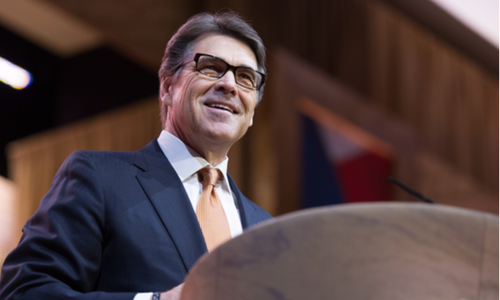Energy

Makovsky
Friday, May 27, 2016The electricity grid that powers America’s homes and businesses is an antiquated system – static and rigid in the way it collects, distributes and utilizes energy. That’s because it’s based on 100-year-old technology, which forces us to consume the energy once it’s created, causing massive waste and inefficiencies.
Markets, FERC and others are rethinking the technologies and market structures that address this issue.
A simple way to think about this issue is to consider how our lives have changed because of refrigeration. Before this technology, we had to pickle, salt, dry or immediately consume food. We can now store and consume foods in ways that were not possible before commercial refrigeration technologies were developed. Energy storage works in much the same way. The technology to store and use electricity when needed is game-changer that impacts every part of the electric system.
By making the grid smarter and dynamic, energy storage creates tangible benefits for utilities and consumers. Energy storage creates grid stability, particularly during unexpected increases in demand since energy storage can discharge power to the grid faster than fossil fuel generating sources.
The industry is currently worth approximately $19 billion and already impacts nearly 60 million Americans in 13 states and Washington, D.C. Like all new technologies before mainstream adoption, access and cost associated challenges remain. However, the cost of energy storage has declined up to 80 percent per system over the last few years, and it’s expected to decrease an additional 50 percent within the next five years.
Last month, Makovsky’s energy team was part of the discussion on the growing viability of energy storage at the 26th annual Energy Storage Association (ESA) Conference and Expo in friendly Charlotte, N.C. The conference brought together utilities, regulators and energy storage developers to foster collaboration, share insights and showcase the largest collection of energy storage technology.
With attendance up 50 percent from last year, the conference offered forward-thinking panels on emerging markets, utility procurement and market valuations. The relationship between renewables and energy storage was also the topic of much discussion and debate.
It’s a common misperception that storage energy and solar are inextricably tied together, but energy storage works with any generated energy, including wind and fossil fuels. And while the relationship between energy storage and solar is symbiotic – it’s not codependent.
Indeed, solar may need energy storage more than energy storage needs solar.
Renewables can produce variable outputs, and storage technologies help smooth the supply to ensure it matches long-term demand. A recent report also found that the economic benefits of adding energy storage to solar at affordable multi-family dwellings in California could far outweigh the costs, even doubling savings on energy bills.
What’s more, the utility industry is about to invest billions towards our nation’s crumbling infrastructure. Energy storage will help reduce the need for expensive upgrades to sluggish fossil fuel plants and old transmission lines; which in turn will help encourage investment in next-generation solutions like distributed generation, microgrids and yes, renewables.
Tying energy storage’s fate closely to solar (or any other renewable) can create a distraction towards further adoption and growth.
Big changes are coming to the power industry. Michael O’Sullivan, utility veteran and senior vice president of development for NextEra Energy, warned conference attendees not to expect handouts from federal regulators, nor should the industry wait for the “feds to hand out some new national rule that picks energy storage.”
Energy storage companies are facing a messaging problem, and it’s time to communicate more effectively and proactively. The benefits of energy storage can – and must – stand on its own two feet to gain further traction as a viable solution to our nation’s outdated and inefficient electricity grid.
Matt Roberts, Executive Director of ESA estimated that “with expanding value for multiple grid applications, larger utility procurements and plummeting system costs, the global market for energy storage is set to nearly double in the year ahead.”
It’s time to get going. And Makovsky stands ready to help.
-Andy Beck











